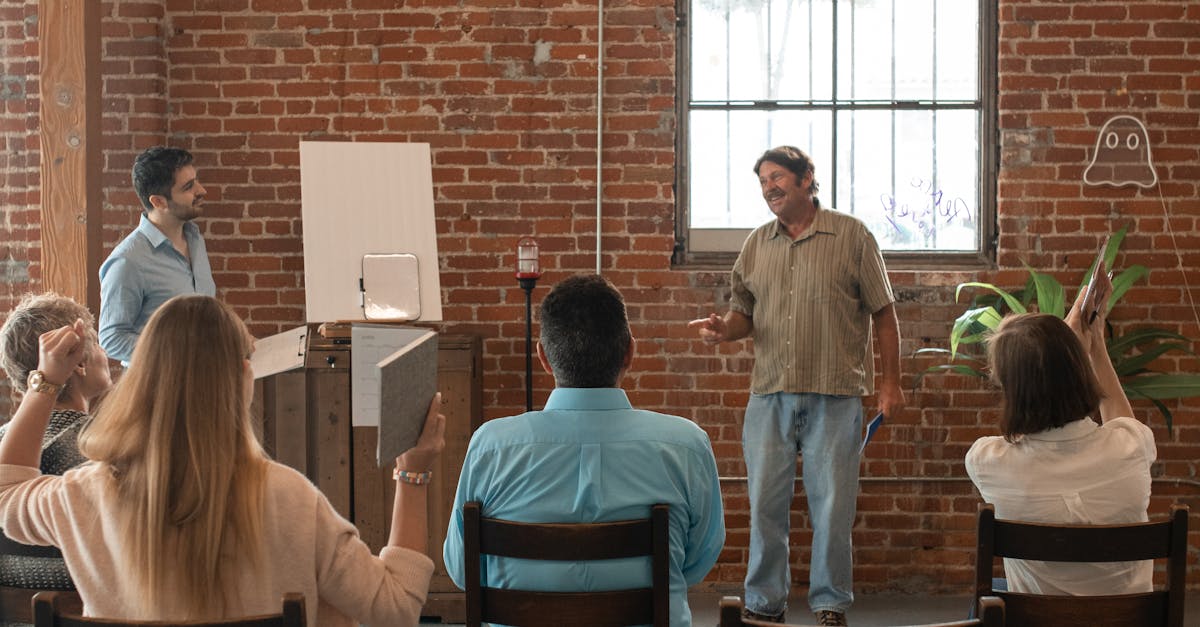Effective communication is vital for fostering a collaborative team environment. When team members face barriers such as differing communication styles or cultural misunderstandings, productivity often suffers. Recognising these obstacles is the first step towards creating an inclusive atmosphere. Encouraging open dialogue helps identify specific issues, allowing teams to address them collectively and develop strategies to mitigate misunderstandings.
Another significant barrier can arise from the misuse of jargon or overly technical language. Team members with varying backgrounds may struggle to grasp complex terminologies, leading to confusion and frustration. Simplifying language and ensuring clarity promotes inclusiveness. Regular workshops or team-building exercises can enhance understanding among diverse team members, nurturing a culture where everyone feels empowered to contribute.
Identifying Common Obstacles in TeamsIneffective communication can stem from various sources within a team environment. Differences in personality types often lead to misunderstandings. Team members may interpret messages in ways that diverge from the sender’s intent. Furthermore, cultural differences can introduce additional layers of complexity. Language barriers or distinct communication styles may hinder clear exchanges. Inadequate communication skills can also serve as a significant roadblock. Without training or experience, individuals may struggle to articulate thoughts and ideas effectively.Another factor influencing team communication is the presence of hierarchical structures. While some degree of hierarchy is necessary for organisation, it can create an atmosphere where team members feel reluctant to share their opinions or concerns. This silence can stifle innovation and lead to unresolved conflicts. Additionally, remote work arrangements can complicate communication dynamics. The absence of face-to-face interactions often results in misunderstandings. Team members might miss non-verbal cues, leading to misinterpretations of tone and intent. Recognising these obstacles is crucial for fostering an environment in which open communication can flourish.Utilising Technology for Better CollaborationModern teams benefit significantly from digital tools designed to enhance communication and collaboration. Platforms such as Slack, Microsoft Teams, and Zoom offer flexible and efficient ways to interact, regardless of team members’ locations. These tools allow for real-time messaging, video conferencing, and file sharing, which streamline workflows and reduce the potential for misunderstandings. Accessibility features facilitate participation from all team members, ensuring that everyone has an equal opportunity to contribute.Embracing project management software like Asana or Trello further aids in keeping teams aligned on goals and deadlines. These applications provide visual representations of tasks and progress, enabling team members to monitor their responsibilities and collaborate more effectively. By centralising information, technology reduces the chances of miscommunication and keeps everyone informed about project developments. Enhanced communication through these platforms promotes a sense of unity and shared purpose within the team.
Tools That Facilitate Communication
The modern workplace offers a diverse array of tools designed to enhance communication among team members. Instant messaging platforms allow for real-time conve
